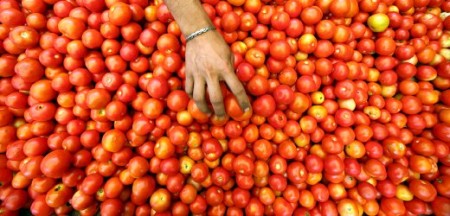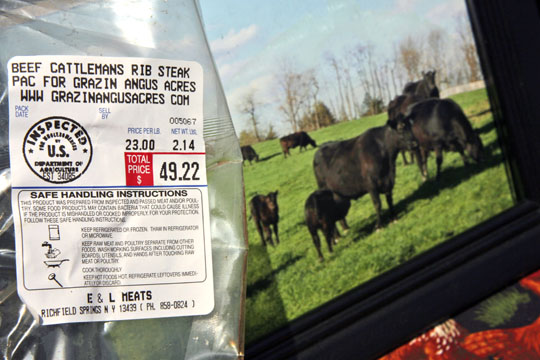The problem started with the U.S. Supreme Court ruling in the case Diamond v. Chakrabarty (1980). Suddenly it was OK to patent life forms, were before life forms were considered a part of nature and were not patentable.
This ruling lead to corporations patenting the genes of everything they can think of that could later on bring them profit.

Should conventional breeding techniques be patentable?
German Agriculture Minister Ilse Aigner has spoken out against the patenting of varieties of livestock and plants. Her comments come as the European Patent Office prepares to rule in a test case with far-reaching implications for biological patents in Europe.
The German government wants to prevent the patenting of agricultural livestock and plants. “There are limits that we should not cross,” Germany’s Minister of Food, Agriculture and Consumer Protection Ilse Aigner told SPIEGEL. In order to preserve genetic variety, farmers and breeders should not be handcuffed by biological patents, she argues.
Aigner, who is a member of the conservative Christian Social Union, the Bavarian sister party to Chancellor Angela Merkel’s Christian Democrats, wants to make European rules regarding biological patents more precise. Although the agriculture minister does not oppose the patenting of new breeding procedures, she argues that the resulting whole organisms should not be patentable.
She is supported in her position by the parliamentary group of the opposition center-left Social Democrats (SPD). The SPD even goes one step further, arguing that neither conventional breeding methods nor whole organisms should be patentable.
Read moreGermany Takes Stand against Patents on Plants and Animals: ‘Limits We Should Not Cross’

